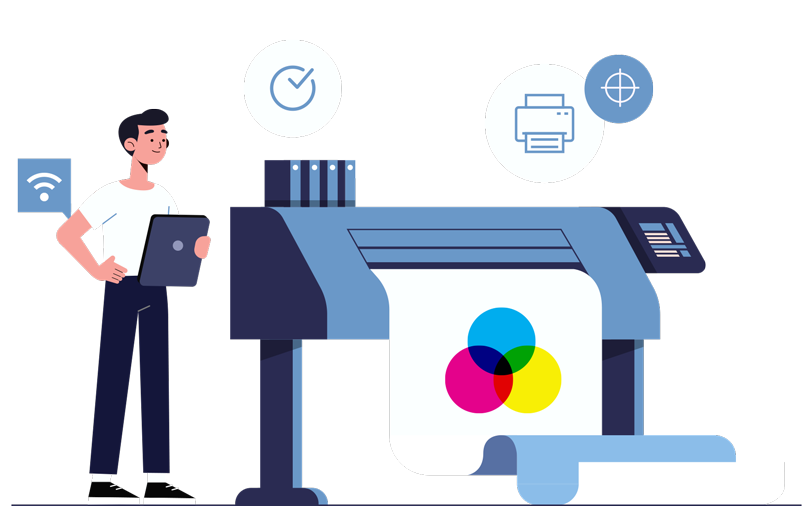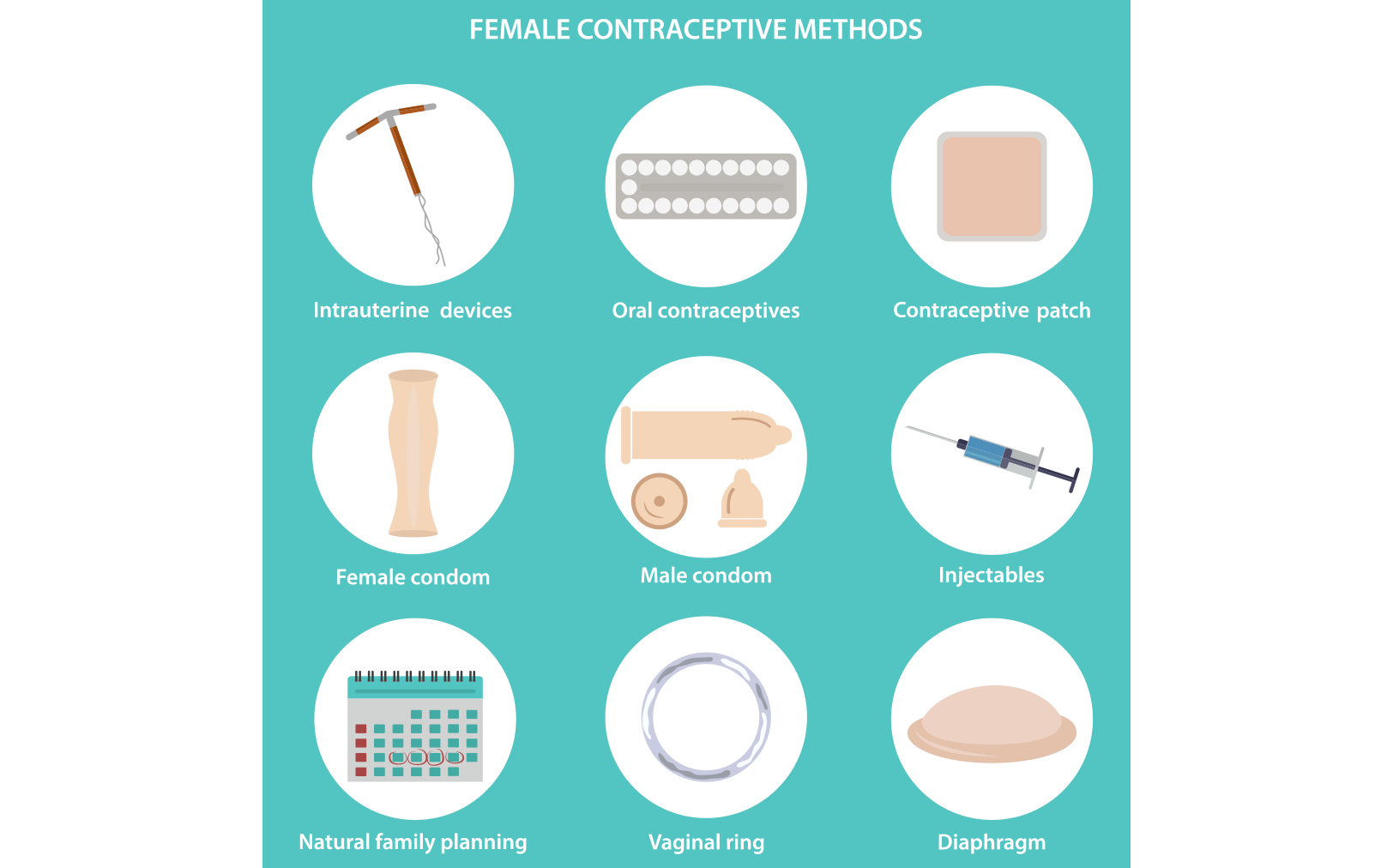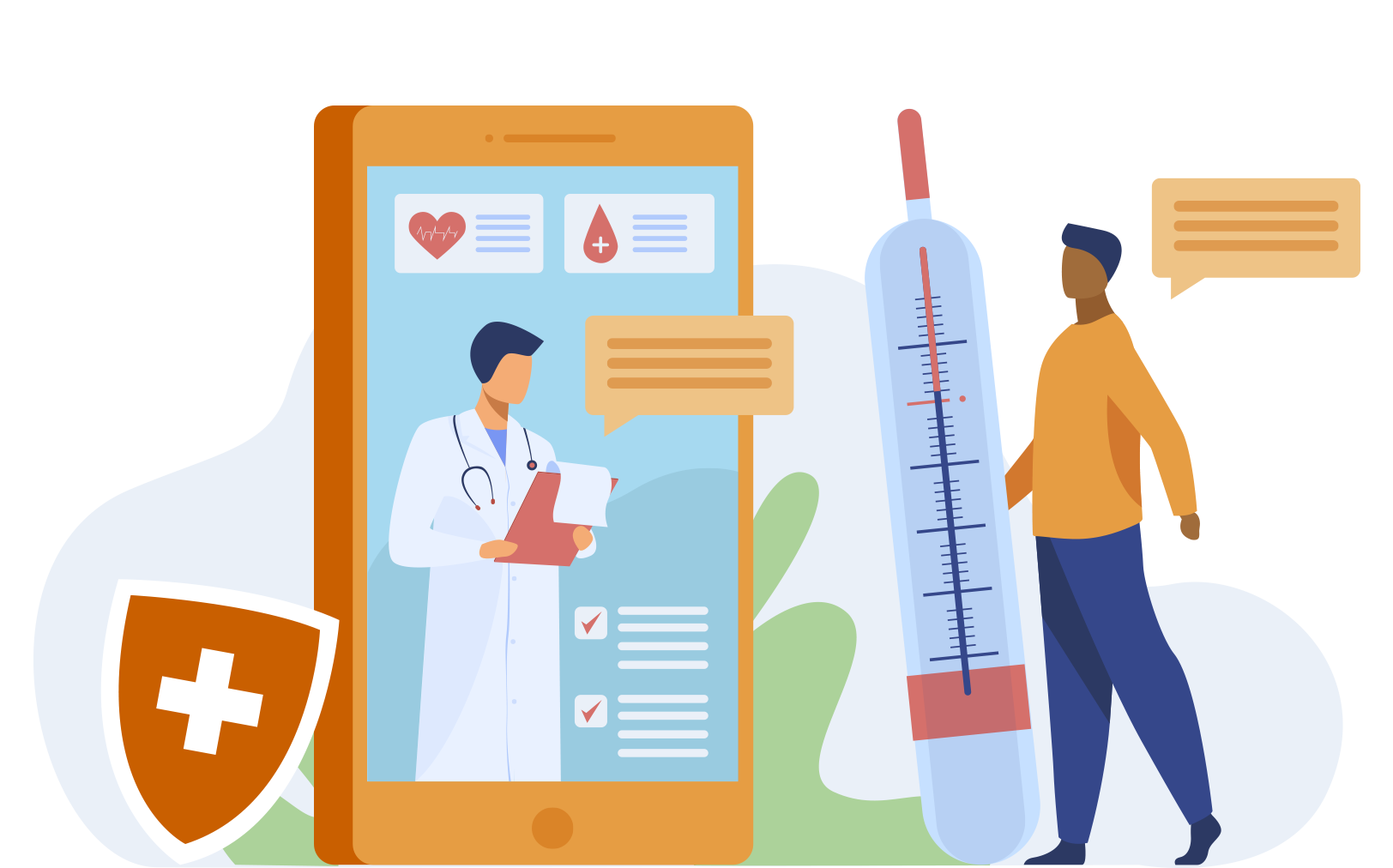Research Experience
Take paid surveys & earn gift cards, vouchers and more by sharing your Opinion with brands across the world.
Get Started
Take paid surveys & earn gift cards, vouchers and more by sharing your Opinion with brands across the world.
Get Started
This study was designed to test a device, the size of a desk mouse, in an office setting to allow for wireless printing for all employees, guests, etc. The device connected to a network that located a local printer and when a computer, cell phone or tablet detected the device it would directly allow for printing to the local printer that it was wirelessly connected to. The device replaced the existing printing option in the office for the duration of 4 months and a focus group was conducted with selected respondents in the LA & NY markets.

Recruited high net worth individuals for In-depth telephone surveys to learn more about their investment preferences and their relationship with their financial advisor.


This study involved telephone recruit from database in Los Angeles. Respondents were screened via phone and then required to visit a website to take a Myers Briggs type personality test. Only 5/16 personality types were included in the research. Qualified respondents were then placed with a product onsite, used for 2 weeks, completed a recall survey. Then they returned to the facility to be placed with a second product. At the conclusion of the study, they took a second recall survey and returned both products to the facility.
The objective of this research study was to gain a better understanding of car buyers’ perceptions, experiences, and intentions regarding electric vehicles. Respondents were age 21 to 64 and owners of luxury battery electric vehicles (BEV) or plug-in hybrid vehicles (PHEV) who purchased their vehicle new within 4 years of the study. Respondents were invited to participate in a discussion regarding features that they considered to be important when purchasing an EV, how they felt about their EV, their experience with their vehicle, and their expectations for the future of EVs. In addition to the discussion, some respondents were recruited for an in-depth interview scheduled to take place in their home. These interviews were recorded and included the interviewer driving with the respondent on a route preselected by the respondent to understand how the vehicle was used, what can be improved, and the accessibility of charging stations

The purpose of this study was to train Intuit’s internal tax pros with a variety of customer tax situations using customer tax documents.

This study focused on respondents who purchased a vehicle or intended to do so, but were also not Japanese vehicle make rejecters. The respondents were taken through an electronic algorithm that placed them in 1 of 12 segments and then broke it down to their top 3 segments in which they were chosen based on their top 1. After recruitment, the blogging portion took place for 7 days. The best respondents were selected to participate in an in-home ethnography so the client could gain deeper insight.


The objective of this was research study was to gain a better understanding of what factors are considered by respondents in this demographic when trying to meet the nutritional needs of their families, particularly their young children, and their perception of organic foods and beverages. Respondents were low acculturated and mid acculturated Hispanic mothers with at least one child under the age 5, with a household income of no more than $60K, who currently serve milk to their children, and who aspire to increase the amount of organic food in their children’s diets. The groups included a representative sample of respondents from various Latin American countries as well participants and non-participants of the WIC program, a federal assistance nutritional program for lowincome women and children. The mothers were asked to create a collage, in advance of the discussion, that captured their awareness and perception of organic food and beverages and disclosed what organics was currently part of their nutritional plan.
* We only recruited for the Los Angeles groups.
This research study focused actively planning a remodeling project that would be completed within the next couple of years. Once recruited, respondents were required to log in daily to complete a daily exercise related to the home remodeling experience or to upload a video of themselves answering a question.

The purpose of this study was to gain insight on less acculturated Chinese respondents’ TV viewing patterns. First, respondents were to complete a 20-minute phone screening/interview. After completion of the phone survey, respondents were mailed out paper journal diaries (in Chinese) to log their television viewing habits for 1 week. After this week, respondents returned the diary via the selfaddressed envelope provided. Participants were then mailed a thank you check in the amount of $75. We ended up with n=136 returned diaries (85%!)

This study was focused on respondents who were delinquent in paying a credit card from various cc companies ranging from 1-4+ months. Those who did not pay and information was sent to collections did not qualify. Respondents that qualified per the screener were asked to send a screenshot of picture of either their online statement or paper statement that showed their delinquency. Upon image confirmation, they were scheduled for a virtual tech check to confirm that they were able to log in to their cc accounts online and use the “GoToMeeting” screen-sharing program. Tech check lasted anywhere from 5-10 minutes and the study portion lasted 30-45 minutes.


Respondents were intercepted from mall location to take the placement interview onsite and were given the shampoo/conditioner products along with instructions to take home. The respondents were emailed a link every 4-5 days and reminded via telephone to participate. Respondents were required to answer journal questions after the use of each product and enter info into a survey link. There were 8 test products and respondents were provided with a shampoo schedule to adhere to. Respondents were required to make 3 product pickups (and return of unused product). In addition to the product placement and diary/survey portion, there is a ‘technical assessment’ portion. For this part, we were in salons in LA and NY for 2 days each. Respondents were pre-recruited to come to the salon, have their hair washed by a professional and then allow for us to harvest a hair sample of their hair. The samples were bindles of approximately 100 hairs (about the diameter of a coffee stir straw).
Unacculturated and Bicultural Hispanic females were recruited and required to attend taste test sessions for three consecutive days. The respondents tested 5 different bouillon soup products each day, for a total of 15 samples. The last day also included a visual exercise in which jars of bouillon products were evaluated. Test kitchens were needed. Cooks, servers, and proctors were all kept busy ensuring that the 5 soups per session were able to be prepared, served, tasted, & evaluated in the 60 minutes sessions. Laptop computers were used to collect the data via survey links.


This research focused on understanding how consumers shop for frozen or fresh whole turkeys. Respondents were screened for their plans to buy whole turkeys in preparation for Thanksgiving. Once recruited the respondents were asked to use their mobile device to take a 2 minute video of their shopping experience and explain their decision process.
The objective of this research was to provide input on advertising awareness amongst college students as it relates to non-alcoholic beverages such as soft drinks, iced teas, and sports drinks on campus. Respondents were screened to have been 18-30, in college at the time, and consumed a certain amount of refreshments/week not including water. The respondents were asked to create a user profile online providing pictures of them consuming drinks on campus and certain ads that they see.

This research focused on gaining a better understanding of preferences as it relates to the use of contraceptives. Couples were recruited and age validated through a third party validation and sent a particular brand of contraceptive. After use, the couple was sent a post survey about their experience.

This research focused on gaining a better understanding of early adopters for a specific cell phone make and model. Due to the tight recruitment frame and projected low IR, respondents were pre-recruited to take part in a study about a cell phone that they either pre-ordered or planned to purchase on its release date.


The research was designed to track pediatrician recommendations of infant formula products to their patients. The intent is to determine if marketing efforts are influencing pediatricians’ opinions of infant formula products over time.
Research was designed to test a new fruit product concept for children. Parents of children 3 to 17 years of age were recruited to have their children try a new fruit product. Parents had to be open to the general concept idea of the new product to be included in the in-home usage test (IHUT). Respondents were mailed three different flavors. The sample was split into two groups, each receiving a different packaging format. Respondents were asked to provide feedback in three different surveys, first providing initial impressions of the product before tasting it, then providing feedback on daily usage whenever their children consumed the product including time and place, as well as a final feedback survey at the end of the test.


Multi-phased in-home usability test using the Target Guest Community. Wash-and-wear testers were screened via the insight community and mailed beta clothing for testing. Users completed multiple surveys and digital journals including video and image uploads to report back on product attributes from fabric, to shrinkage and quality. A final live-chat session was conducted among key respondents and Target to gather insights in real-time on open product questions from respondents and end-client follow-up questions from the research. The engagement results in new product development, final client selection and sales.
Customer Advisory Council for global technology executives to provide marketing and product roadmap feedback for Dell. These are key, large customers that regularly engage with the client to co-create product roadmaps, participate in group-discussions and complete surveys to optimize product offerings and associated marketing.

Two-month pop-up community used to co-create and uncover culturally relevant fragrance and flavor concepts in the Latino Millennial US market. The community included flavor and scent preference surveys, daily journals, open innovation sessions for ongoing in-the-moment daily feedback, and ad-hoc breakout forums to explore newly uncovered insights.
